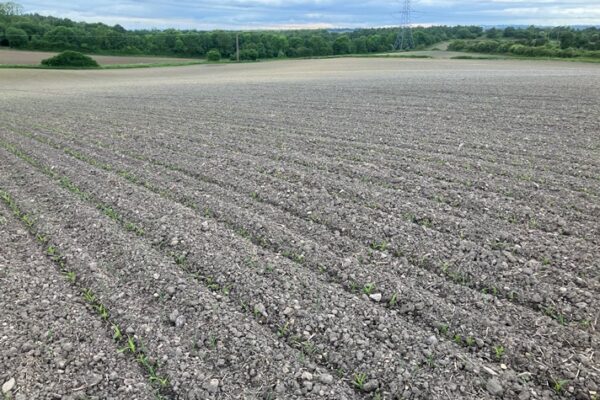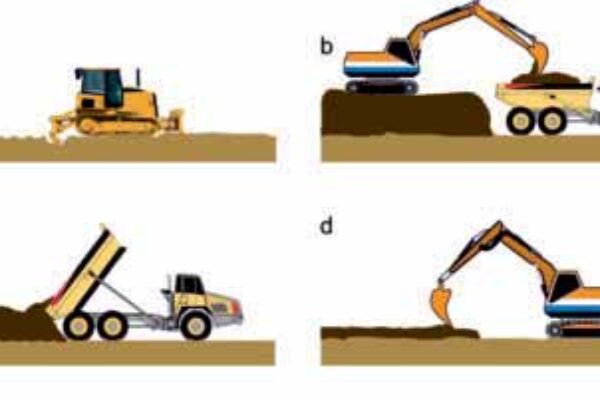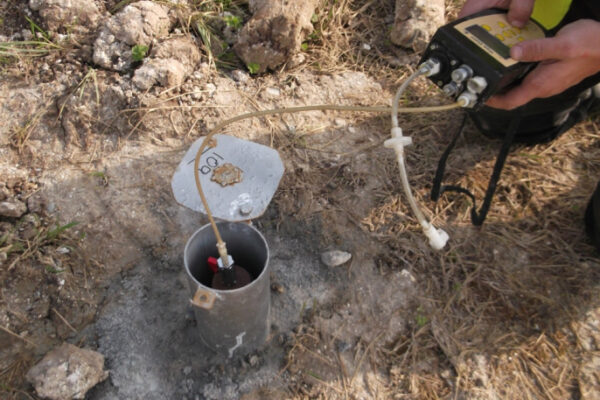Soil is a fundamental and ultimately finite resource and some of the most significant impacts on this resource are associated with construction activities. However, it appears that there is a general lack of awareness and understanding within the construction industry of how to deal with soils in a sustainable way.
Defra issued a Code of Practice in 2009 providing guidance for the construction sector on how to better protect the soil resources with which they work. If this guidance is followed, developers will also likely achieve cost savings.
The Code recommends that developers commission a Soil Resource Survey prior to commencement of any earthworks in order to assess the quality, quantity and suitability of both topsoil and subsoil for the intended on-site uses.
The Survey usually comprises shallow hand-dug pits excavated by a suitably qualified and experienced soil scientist to allow description of each soil layer (colour, texture, drainage characteristics etc). A minimum of 10 locations should be investigated, with at least one pit per hectare on larger greenfield sites.
The Code states that ‘standard’ site investigation reports should not be relied on to provide detailed information on topsoil and subsoil resources. Consequently, a Soil Resource Survey should be commissioned separately to ‘standard’ site investigation, or at least as a specified, discrete additional requirement.
Information gathered during the soil resource survey should be used to prepare a Soil Resource Plan which can in turn form a sub-section of the Materials Management Plan for the project. Soil Resource Plans provide advice on the correct handling, storage, treatment and placement of topsoil and subsoil. Soil types, areas of soil to be stripped, haul routes and stockpile locations should be clearly defined within the Plan.
A Soil Resource Survey and Soil Resource Plan will provide the data necessary for determining whether development will require import of topsoil, or (more likely for wholly greenfield sites) result in surplus topsoil and\or subsoil. Only when required quantities topsoil and subsoil have been set-aside for use on site for landscaping, gardens, etc. should other uses (or export) be considered.











